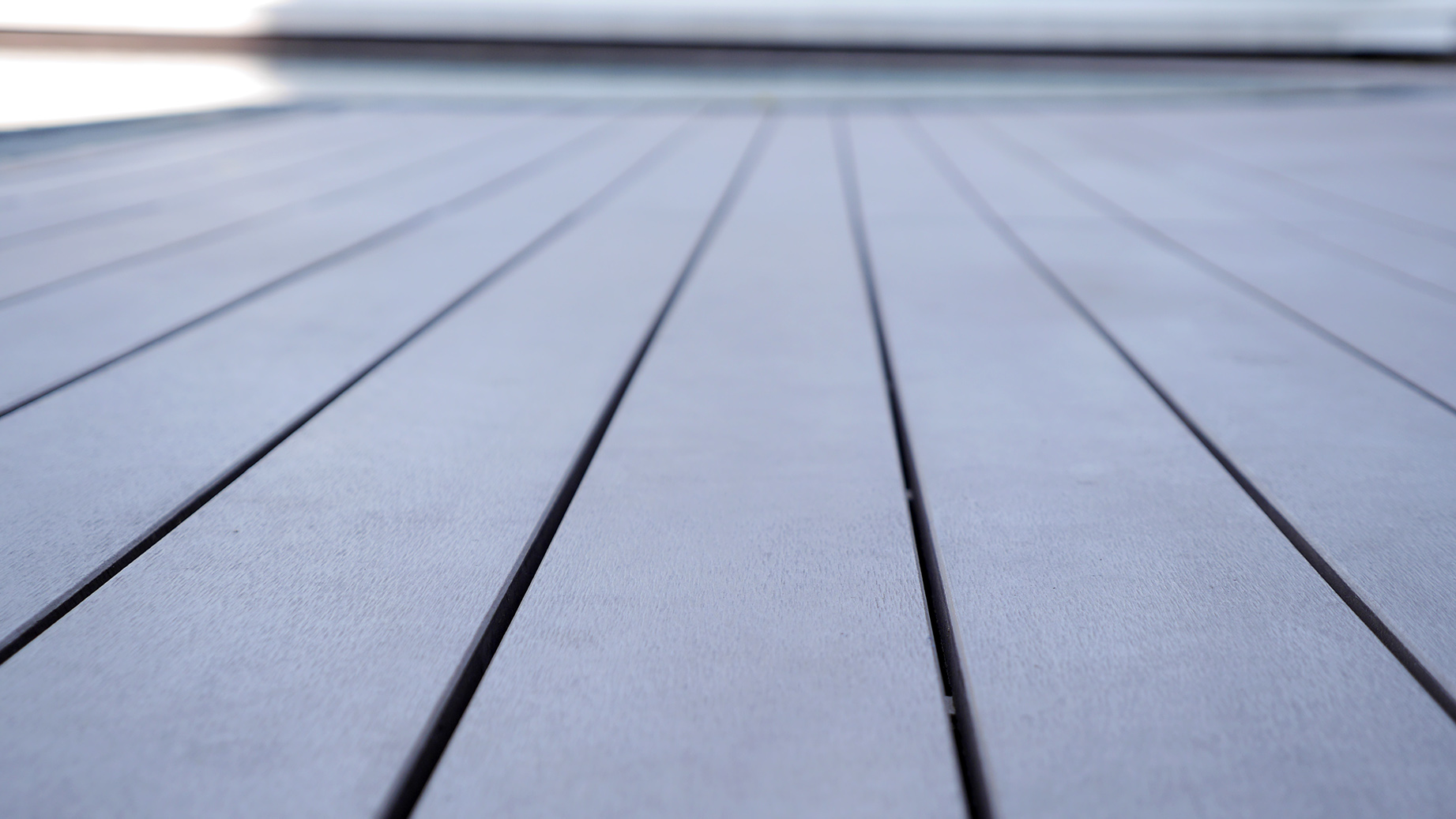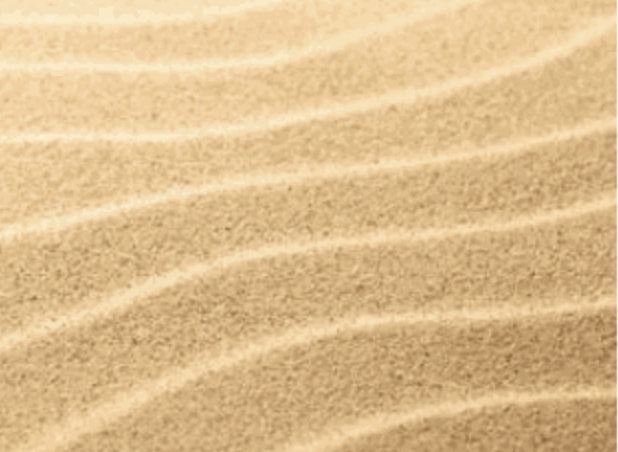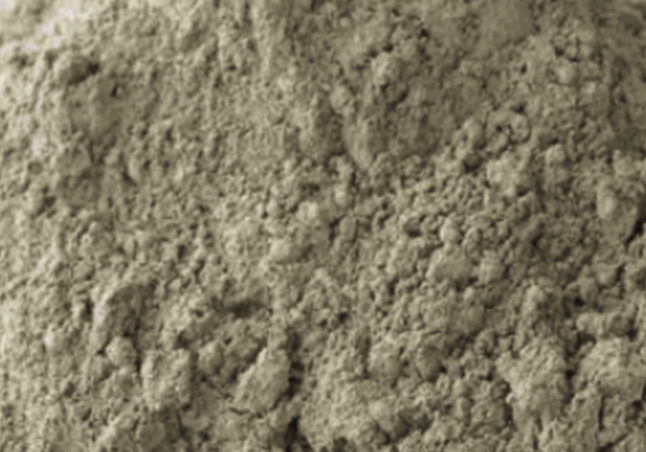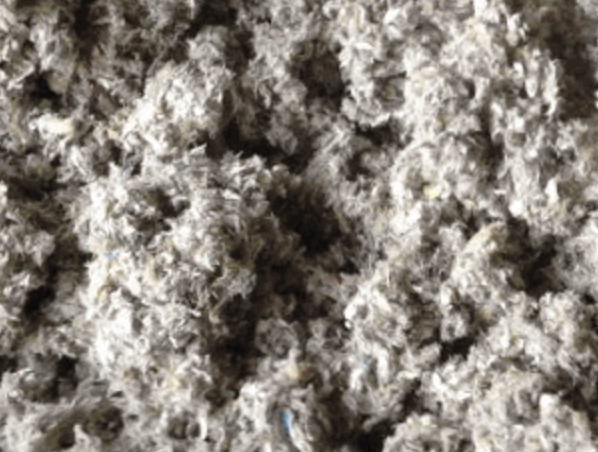Learn more about what SHERA is and why it is the best choice for your next project when fire regulations need to be met.
About SHERA Fire-Rated Decking
Building Regulations & Fire Performance
-
Current Building Regulations
In response to the Grenfell Tower tragedy, the Government commissioned dame Judith Hackitt to independently review the UK’s building regulations and fire safety. An impact assessment was presented to parliament in November 2018 and set out over 50 recommendations to ensure a more robust approach to managing higher risk residential buildings. You can read the full report here.
One of the recommendations was to ban all but non-combustible materials (a minimum classification of Euroclass A2-S1, d0) from being used on residential buildings over 18 metres in height.
These recommendations were accepted and formed the new building regulations when they were updated in December 2018. Even with the new regulations, many housing associations and specifiers choose a non-combustible product even if the building is below 18 metres in height. This is to ensure they comply with any future amendments to the regulations.
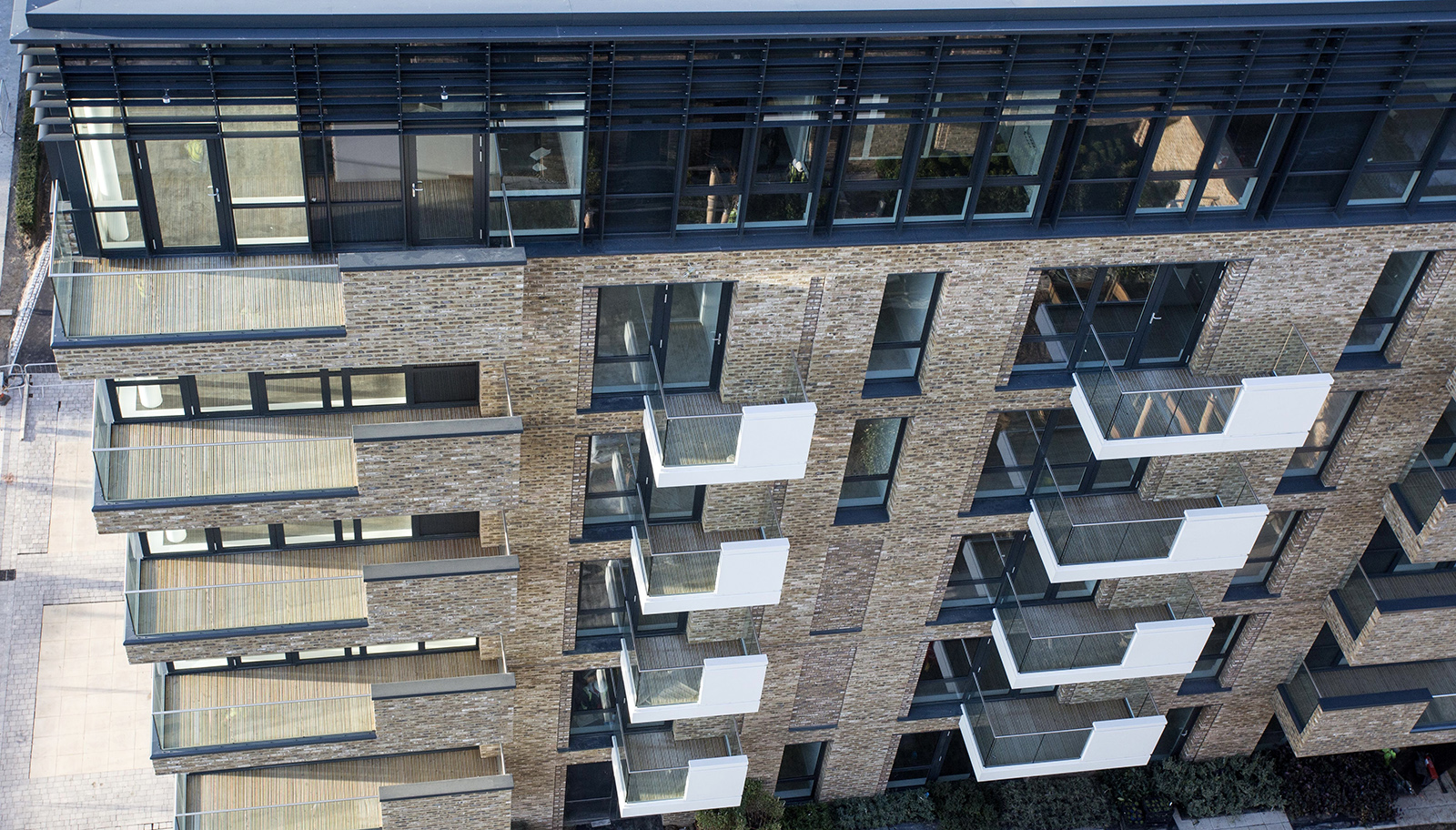
-
Anticipated Update of Regulations
An industry consultation was launched early in 2020 to review the ban on combustible materials in and on the external walls of buildings. One of the proposals is to reduce the height of buildings subject to a ban on combustible materials from 18 metres to 11 metres. The decision to future-proof projects seems to be a wise one with this consultation potentially leading to a regulatory change in the near future.
-
Replacing Combustible Decking
The changes are not just relevant to new build projects. The most recent advice note from the Ministry of Housing states that removing combustible decking from existing buildings is the clearest way to prevent external fire spread. It states that this should occur as soon as practical following a major fire in Barking which engulfed the building. Further information on replacing combustible decking on existing buildings can be found here. As early as 2019, councils started replacing traditional decking materials such as timber and composite decking for non-combustible options.
-
What are the Standards?
BS EN 13501-1 is the European standard for reaction to fire performance of construction products. Products are rated from Euroclass A1 to F based on ignitability, radiant heat and combustion. In addition to the A1 to F classifications there are also two additional classifications for classes A2 to D which look at two other fire safety critical factors. These classifications look at smoke production rated from S1 to S3 (S1 – very limited amount of combustion gases) and the development of burning droplets and/or particles from D0 to D2 (D0 – no burning droplets or particles emitted).
Rating Combustibility A1 Non-combustible A2 Non-combustible B Combustible materials – very limited contribution to fire C Combustible materials – limited contribution to fire D Combustible materials – medium contribution to fire E Combustible materials – high contribution to fire F Combustible materials – easily flammable Rating Production of flaming droplets/particles during combustion D0 No dripping D1 Slow dripping D2 High dripping Rating Smoke emission during combustibility S1 Quantity/speed of emission absent or weak S2 Quantity/speed of emission of average intensity S3 Quantity/speed of emission of high intensity Within the standard there are three classifications – construction products, floorings and linear pipes. SHERA deck boards have been independently tested for the construction products classifications and achieved a non-combustible rating. Fire test certificates of SHERA deck boards are available for download here.
What is Fibre Cement Technology?
Fibre cement construction materials have been around for over 100 years. And the technology to create better fibre cement products has been improving ever since. Fibre cement products are composed of Portland cement, silica, water and wood pulp and are manufactured using the Hatschek process.
As part of the Hatscheck process, cellulose fibres (from wood) are pulped in warm water. This is then mixed with cement, silica, and other additives. The fibre cement mixture is transferred onto a conveyor belt, then a laminating roll. This process is repeated and multiple layers of fibre cement are laminated to the required thickness.
The laminated fibre cement sheet is cured using an autoclave process. This combines intense heat and pressure to enhance chemical reaction between cement and silica. It forms fibre cement composites, which are extremely tough building materials. The curing process results in fibre cement products with high strength and toughness. The material is also stable, water resistant, non-combustible and easy to work with using standard tools.
Colour pigments are added in the process to create decking boards in a choice of four different hardwood tones. These can create an inviting outdoor space which also complies with UK building regulations.
